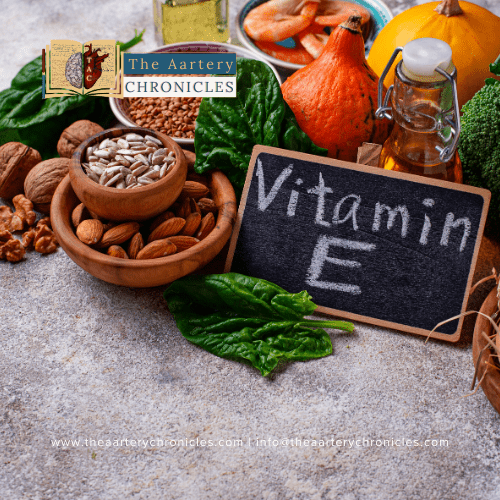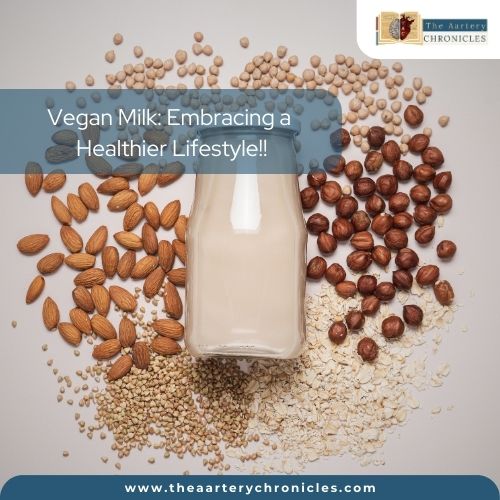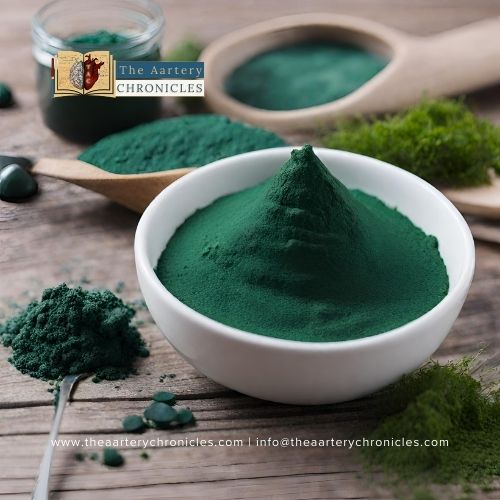
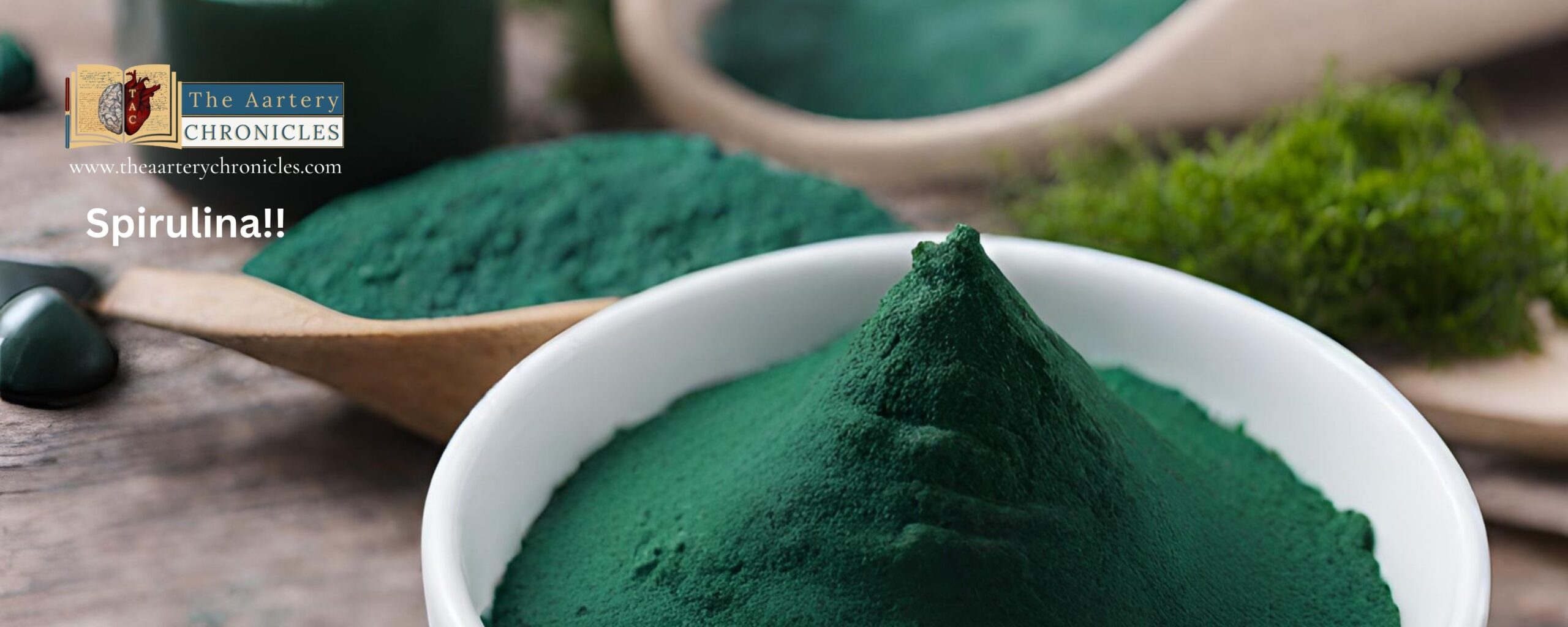
Spirulina: All you need to know about this superfood
Spirulina Overview
Spirulina is a filamentous cyanobacterium present in marine as well as fresh waters. The blue-hued microalga is also identified as Arthrospira Plantensis. Spirulina has numerous benefits and it has been highly praised by medical professionals for its nutrient-dense characteristics. It is known to be significantly rich in vitamins, minerals, antioxidants, and protein. Due to the benefits that spirulina offers, its nutrient completeness, and sustainability, the UN has recognized it as a ‘superfood of nature’.
The word spirulina in Latin translates to a twist or a spiral and that is how spirulina got its name as the cells are twisted that resemble a cork opener.
Evolutionary History of Spirulina
According to scientific understanding, cyanobacteria, including spirulina, are ancient photosynthetic organisms that originated billions of years ago. The earliest documented instances of this microalga’s use are linked to Spanish conquistadors, particularly Cortés, who asserted discovering it as a green, pie-like dish known to the Aztecs as the “Food of the Gods.” Through the 16th century, Mesoamericans and Aztecs heavily relied on it as a dietary staple.
Spirulina has been used for more than 5000 years by ancient medical schools such as Ayurvedic, Unani, and Chinese for the treatment of various illnesses. Furthermore, regions such as South Asia, the Middle East, China, India, and Pakistan continue to prescribe spirulina for a variety of conditions.
Spirulina was initially encountered in 1519 by the explorer Hernando Cortés during his expeditions. However, the modern discovery of spirulina is credited to French botanist Jean Leonard and his team in 1962. Their work paved the way for the commercial production of spirulina, which is now cultivated globally.
4 Amazing Health benefits of Spirulina
1. A powerhouse of nutrition
Owing to the wide variety of nutrients and minerals and promising biological activity, spirulina is labeled as a superfood by the WHO.
- Spirulina has been receiving increasing popularity among food and nutritional sciences.
- It contains around 15-25% polysaccharides, 60-70% proteins, 5-6% lipids, and 2-5% minerals.
- It also has a significant amount of micronutrients including A, D, K, B, and E.
- Among minerals, it is rich in nickel, chromium, magnesium, iron, calcium, potassium, copper, selenium, sodium, and zinc.
- Apart from this, it is also a rich source of essential fatty acids, carotenoids, and essential amino acids making it a powerhouse of nutrition.
2. Anti-inflammatory properties
Spirulina exhibits anti-inflammatory characteristics attributed to its diverse array of nutrients and minerals.
- Phycocyanin, a key active component in Spirulina, demonstrates robust anti-inflammatory and antioxidant properties, effectively combating free radicals and mitigating the risk of DNA damage.
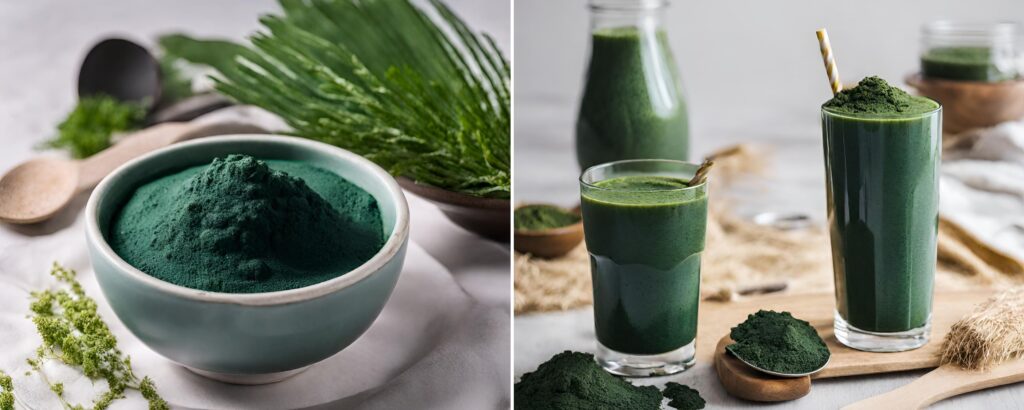
3. Immunomodulation
The immunomodulatory characteristics of spirulina can be attributed to its rich nutrient composition and bioactive compounds.
- The nutrient supplements derived from spirulina have the potential to significantly impact innate immunity, enhancing the activity of NK cells.
- Ongoing research aims to delve deeper into the immunomodulatory effects of this microalga.
4. Neuroprotective properties and cardiometabolic health
Spirulina facilitates the proliferation of neural cells and notably mitigates acute inflammatory responses.
- Its remarkable display of anti-inflammatory activities within the brain parenchyma positions it as a promising candidate for both the treatment and prevention of neurodegenerative disorders.
- Additionally, spirulina has demonstrated effectiveness in reducing levels of lipoprotein cholesterol (LDL-C), triglycerides (TG), and total cholesterol (TC).
Controversy surrounding the use of spirulina
Spirulina enthusiasts have widely lauded its diverse nutritional composition, yet controversies surround this superfood.
- One primary concern revolves around the safety of spirulina products, highlighting issues such as heavy metal buildup and toxins.
- Additional worries include allergic reactions and the need for stringent quality control in commercially available spirulina products.
- Another debated issue involves conflicting opinions on the asserted health benefits of spirulina.
- Despite its nutrient richness, spirulina may harbor toxins due to contamination. Ensuring spirulina is sourced from reliable and tested outlets becomes crucial to prevent contamination risks.
- Furthermore, some individuals face potential risks from consuming spirulina, with studies indicating interference with the utilization and storage of vitamins E and A.
Notably, spirulina has the potential to interact with medications, particularly diabetic medications, leading to decreased blood sugar levels.
Conclusion
While Spirulina undeniably serves as a rich source of nutrients with numerous health benefits, exercising caution is imperative. Individuals should consider risk factors, product quality, and personal health issues before incorporating spirulina into their diets. Additionally, a comprehensive understanding of Spirulina’s mechanisms and effects necessitates ongoing research.
Balancing perspectives is crucial when addressing controversies surrounding Spirulina. This involves a commitment to rigorous research, transparent communication, heightened awareness, and a robust regulatory framework. Proactively addressing these controversies can contribute to the sustainable and responsible use of Spirulina in the long run. It is advisable to seek consultation with a healthcare professional, particularly for individuals with pre-existing health conditions or those currently taking medication

Author: Sanika Pande
- Medicine and Diseases
- Nutrition and Diet
Lorem ipsum dolor sit amet, consectetur adipiscing elit. Ut elit tellus, luctus nec ullamcorper mattis, pulvinar dapibus leo.









